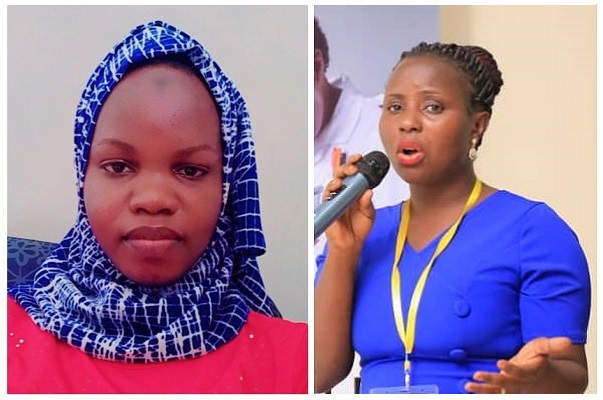In a space of one to two months back, we have noted increasing cases where people collapse and die mysteriously in Uganda. This has further been linked to blood clots by some sources. As many as 100,000 people die of blood clots each year.
Pulmonary embolism is the leading cause of death in a woman during pregnancy or just after delivery. Blood clots are also a leading cause of death in cancer after cancer itself. About 100,000 to 300,000 deaths occur each year which is greater than the total number of people who lose their lives each year to HIV/AIDs, breast cancer and motor vehicle crashes combined altogether.
Available evidence shows that 600,000 non-fatal cases of deadly blood clots occur each year of which 40% are blood clots in the lungs and 60% are blood clots in the legs. A blood clot is a gelatinous mass of fibrin and blood cells formed by the coagulation of blood. Blood clots are made up of platelets which are small colorless blood cell fragments made by the bone marrow and fibrin which is a blood protein that is sticky and looks like long strings.
A combination of these two may look like a clump of reddish jelly held in a place with netting as they work together to seal off injured parts of the blood vessels.
Blood clots can form anywhere on the body; those that develop in the arteries may end up in the lungs causing pulmonary embolism while those that happen in the veins may develop in the arms and legs causing deep vein thrombosis, those that develop in coronary arteries cause heart attack, those that develop in the brain cause stroke.
Blood clots are the first line of defence if something damages our delicate blood vessels, however, they can as well develop as a result of immobility for a long time, medical conditions that increase blood clot risk, and this clotting affects the blood flow system.
Who is at risk for a blood clot?
Blood clots can affect anyone at any age, but certain risk factors such as surgery, hospitalization, pregnancy, cancer and some types of cancer treatments can increase risks. In addition, a family history of blood clots can increase a person’s risk. The chance of a blood clot increases when you have more risk factors.
How do you know it could be a blood clot?
Unexplained shortness of breath, rapid breathing, and chest pain can be symptoms of blood clots in the lungs or heart. A blood clot in the brain may cause weakness in your face, arms, or legs, speech and vision difficulties, headache, and dizziness. Limb pain, swollen limbs, and changes in skin colour can be a symptom of deep vein thrombosis.
How can you prevent unnecessary blood clotting?
- Routine physical examination by a healthcare provider annually.
- Maintaining a healthy weight.
- Avoid smoking
- Continuous hydration
- Regular cancer screening.
- Considering non-estrogen birth control methods.
- Regular exercises.
- Wear loose-fitting clothes, socks, or stockings.
- Raise your legs 6 inches above your heart from time to time.
- Wear special stockings (called compression stockings) if your doctor prescribes them.
- Change your position often, especially during a long trip.
- Do not stand or sit for more than 1 hour at a time.
- Eat less salt.
- Try not to bump or hurt your legs and try not to cross them.
- Do not use pillows under your knees.
- Raise the bottom of your bed 4 to 6 inches with blocks or books.
Even though blood clots help in controlling bleeding, they may also cause serious health issues like pulmonary embolism, deep vein thrombosis, stroke, and heart attack.
Therefore, being aware of blood clots and knowing your risk can help save your life from a dangerous blood clot and its related health problems. Take action to protect your health.
The authors are; Aisha Naava; a Nursing officer working with Kawolo General Hospital and Lilian Nuwabaine Luyima; a BSc Nurse & MSN-Midwife & Women’s Health Specialist
Send us your story or opinion on: dailyexpressug@gmail.com. You can also follow Daily Express on WhatsApp for all the latest news and updates.


